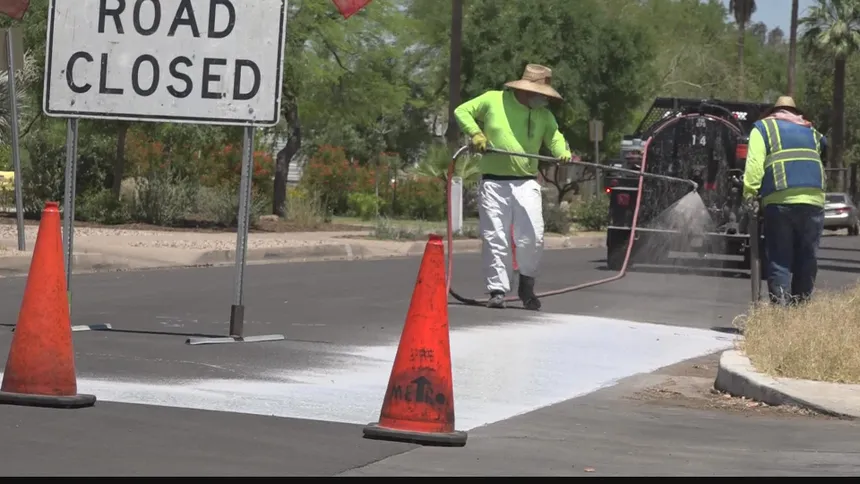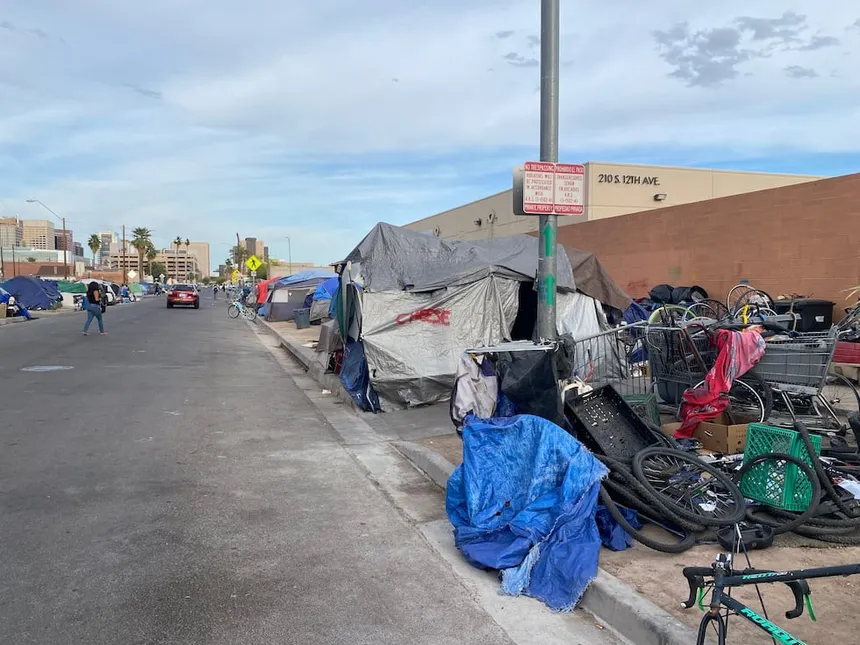Record-breaking heat is gripping the US south-west, leaving millions under extreme heat warnings. Temperatures soaring above 100F (38C) have become the norm in Arizona, Nevada, New Mexico, and southern California. Phoenix, notorious for its scorching summers, is feeling the relentless grip of the heat, with temperatures expected to continue rising through next week. The longest recorded stretch of 110F-days was 18 days in 1974, and the region has yet to see any signs of relief in the form of monsoon storms.
In Phoenix, authorities have closed some local hiking trails, including Camelback Mountain and Piestewa Peak, due to the extreme heat. Officials have also advised residents to stay cool, hydrate, and check on neighbors and loved ones, particularly if they live alone. The city’s strategy to limit risks for heat-related illness includes closing three of the city’s most popular hiking trails from 11am to 5pm during excessive heat warnings.
Homeless individuals, who often have limited access to air-conditioned spaces, are among the most vulnerable to the heat. Martin Brown, a homeless resident, escapes the heat by spending five days a week at Circle the City, an air-conditioned health clinic and hydration station. “We’re homeless, so we don’t have a choice. Well, we have a choice: we can sit at the park and swelter in the heat, but no thank you. This is much better,” Brown said.
Meanwhile, city officials are taking measures to mitigate the effects of the heat wave. Three of the city’s most popular hiking trails are closed during excessive heat warnings, and park rangers enforce the closures. The city also has a ban on hiking with dogs on trails when the temperature exceeds 100F (38C).

Experts attribute the prolonged heat wave to the high pressure system that typically generates monsoon storms, which is not in the right position. State climatologist Dr. Erinanne Saffell notes that the heavier snowpack in the west this year took more energy to melt, further prolonging the heat wave. The region’s dry conditions and sprawling concrete and pavement also contribute to the extreme heat.
Residents are seeking refuge in cooling centers and hydration stations throughout the city. Libraries, churches, and other facilities serve as free public spaces where people can escape the heat and recharge. For individuals like Isaiah Castellanos, a liver transplant recipient who is sensitive to the sun, these spaces are a lifeline. “It’s quiet. I’ll turn on my music and read a book or watch YouTube with my headphones, but also stay cool,” Castellanos said.
As the heat wave shows no signs of letting up, officials and residents alike are bracing for the worst. “It’s getting really hot and they have nowhere else to go,” said Melody Santiago, who oversees the front office of the Circle the City clinic.

